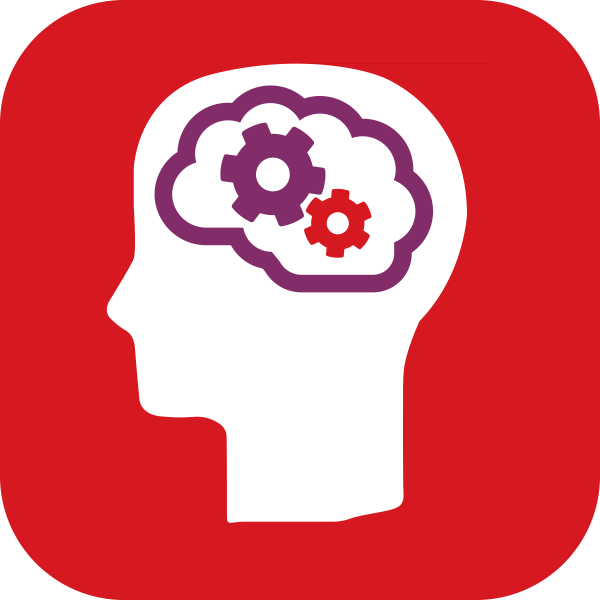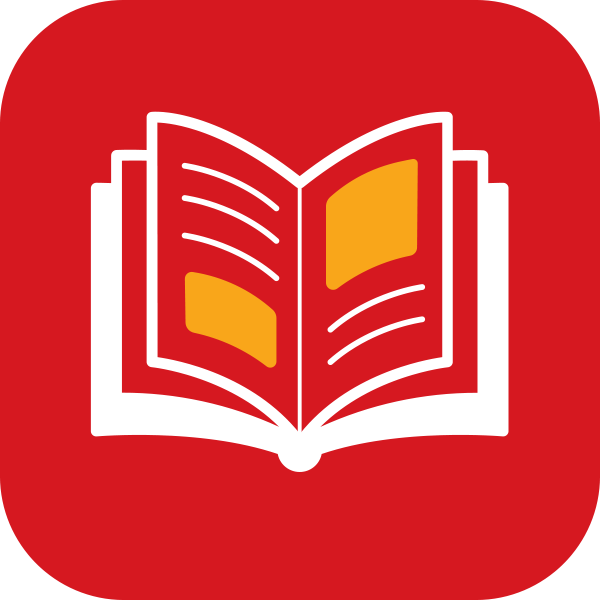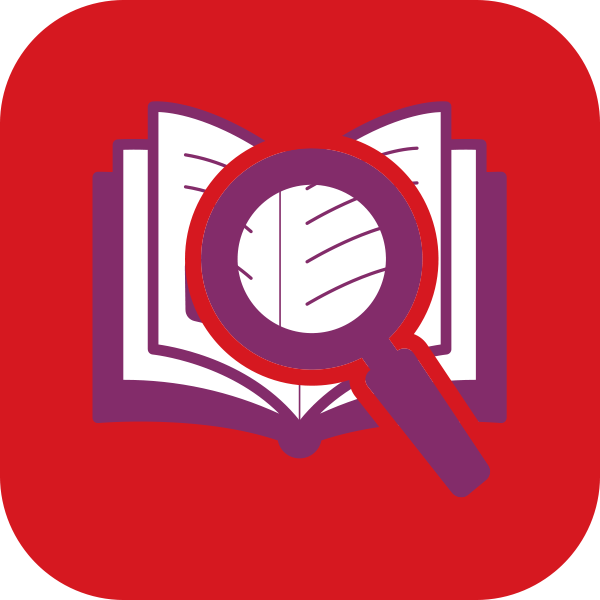What does inclusive SEND provision look like in a mainstream school? Education Specialist Emma Dibden outlines the challenges – and suggests some solutions.
Almost 1 in 5 pupils in England – over 1.7 million children – now have a special educational need. The numbers have risen steeply over the past decade and show no signs of decreasing. So it’s hardly surprising that large majorities of MAT leaders identify SEND provision as one of their main challenges and SEND inclusion as a priority for their schools.
This focus on SEND has been mirrored and amplified by policymakers. The Department for Education is in the process of conducting a widespread review of provision, which is expected to recommend increased inclusion in mainstream education, while Parliament’s Education Committee is looking at how schools can be more inclusive of children with SEND and attempting to define “what inclusivity looks like”.
It's an excellent question. What does meaningful inclusion really look like – and how can schools strike the right balance between academic expectations and individual needs?
Rethinking success and inclusion
Back in 2023, experienced educators Tom Rees and Ben Newmark developed an inclusive education framework with five guiding principles. Prominent among them was the need to recognise “success in all its forms” and to take “action at all levels”. Their message was simple: inclusion isn’t a bolt-on; it requires whole-school commitment and a cultural shift in how we define achievement.
That can feel like a tall order in a system that still largely prioritises academic performance in literacy, numeracy, and the rest of the traditional curriculum. But as Rees and Newmark point out, academic progress is only one part of the puzzle. A child’s ability to regulate emotions, develop positive attitudes, and manage learning independently are just as vital for lifelong success.
Early identification and a graduated approach
The SEND Code of Practice makes early identification a key priority – and rightly so. Yet with such a large and diverse cohort of learners, teachers are tasked with identifying and responding to needs that aren’t always visible.
This is where a graduated approach becomes critical. It's a four-part cycle – assess, plan, do, review – that encourages schools to build a growing understanding of each learner, constantly refining support over time.
But to start this process, teachers need access to reliable, standardised assessments that can be taken by all pupils regardless of ability. Tools like CAT4, NGRT, or PASS can offer that first layer of insight, flagging possible barriers or hidden potential and providing a baseline for further investigation.
Looking beyond academics
Understanding a child’s learning profile, however, goes beyond reading ages or maths fluency. Many learners with less obvious difficulties – such as working memory issues or processing challenges – can appear to be coping until their struggles become more pronounced as they progress through the school system.
Recent research and experts in dyslexia have both shown the growing recognition of cognitive factors as key indicators of specific learning difficulties such as dyslexia and dyscalculia. These findings have yet to be widely embedded into classroom practice, either because teachers don’t know about them, aren’t confident in identifying these problems, or lack the tools and training to spot them.
Empowering learners at every stage
Fortunately, targeted screeners – such as Recall, YARC, Rapid, CoPS and LASS 8-11 – help teachers move beyond general observation by providing data that reveals specific learning challenges and informs tailored intervention. Just as importantly, they foster the professional confidence and consistency that effective SEND provision relies on.
For example, Exact further supports this process by digitally screening students for exam access arrangements, meeting rigorous requirements and producing clear reports to evidence applications.
Tools like Nearpod, an interactive classroom platform that uses quizzes, polls and videos to make lessons more engaging and provides instant feedback on individual students, can also help. When teachers can clearly see both the strengths and challenges in a learner’s profile – academic, cognitive, social and emotional – they’re better equipped to make decisions that meet students where they are.
At Renaissance, we believe that every student deserves the opportunity to develop their skills to their fullest potential. And that’s the real goal: inclusion that isn’t about lowering expectations, but about removing barriers so that every child can succeed – on their own terms.











